We may earn revenue from the products available on this page and participate in affiliate programs. Learn More ›
Do you have some free time this week to dedicate to home maintenance tasks, but don’t have a lot of dough to put into a big project? These easy upgrades and repairs don’t cost much and can be completed fairly quickly, but they can have a big impact on your wallet, your quality of life, and your home’s appearance.
1. Replace Weatherstripping
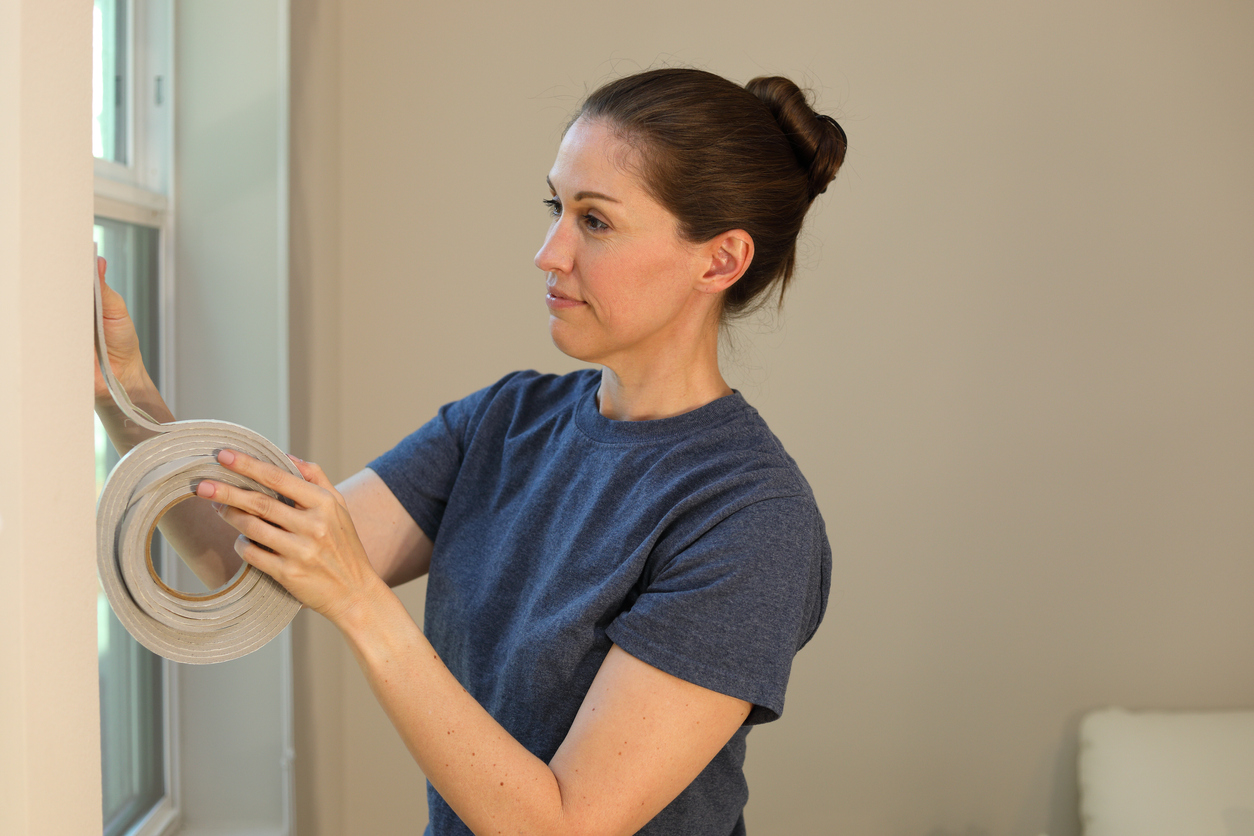
If you thought the only time to think about replacing your weatherstripping was right before winter to keep out frosty drafts, think again. Give your weatherstripping another once-over (and replace any worn pieces) before summer arrives. With those gaps sealed up, your rooms will be more comfortable, you’ll save on air conditioning costs, and you’ll keep bugs from sneaking in.
RELATED: 12 Ways to Make an Old Home More Energy Efficient
2. Add Window Well Covers
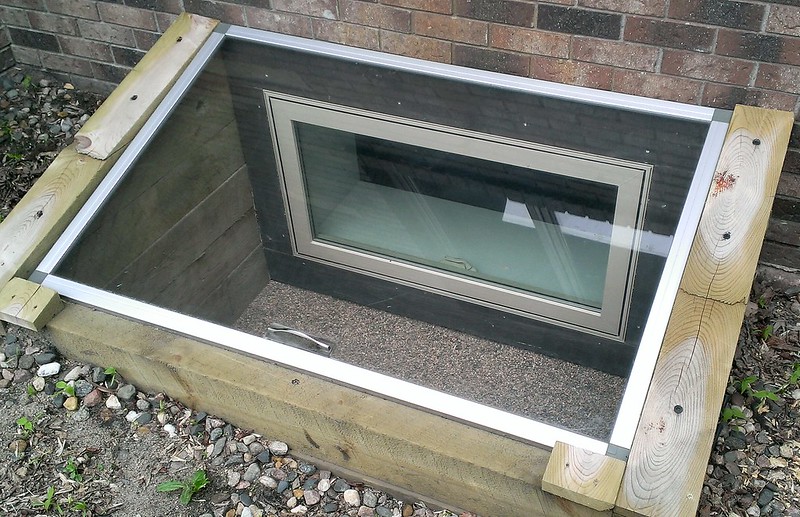
If your window well fills with water every time it rains, install a water-shedding window well cover to keep out the downpour and reduce the risk of leaks in your basement. This applies to both standard basement windows and egress window wells. (Although egress window wells are typically designed to channel water to your home’s drain-tile system, over time the pipes can become clogged.) By installing window well covers, you’ll protect your basement from water and you’ll also keep out leaves, debris, and the occasional toad that hops in by accident.
3. Attach Downspout Extensions

Water and foundations don’t mix. When water pools around the foundation, say, from roof and gutter runoff, it can seep downward and leak through basement walls. Saturation causes some types of soil to swell, putting unwanted lateral pressure on foundation walls and increasing the risk of cracking.
To minimize the amount of water that collects around your home, consider adding downspout extensions, like the Amerimax Home Products Stealth Flow downspout extension. They are simple to install and will direct rain runoff away from your foundation where it won’t cause structural problems. We like the Amerimax downspout’s low profile, which can be hidden under mulch in your garden bed.
4. Install Frost-Proof Exterior Faucets
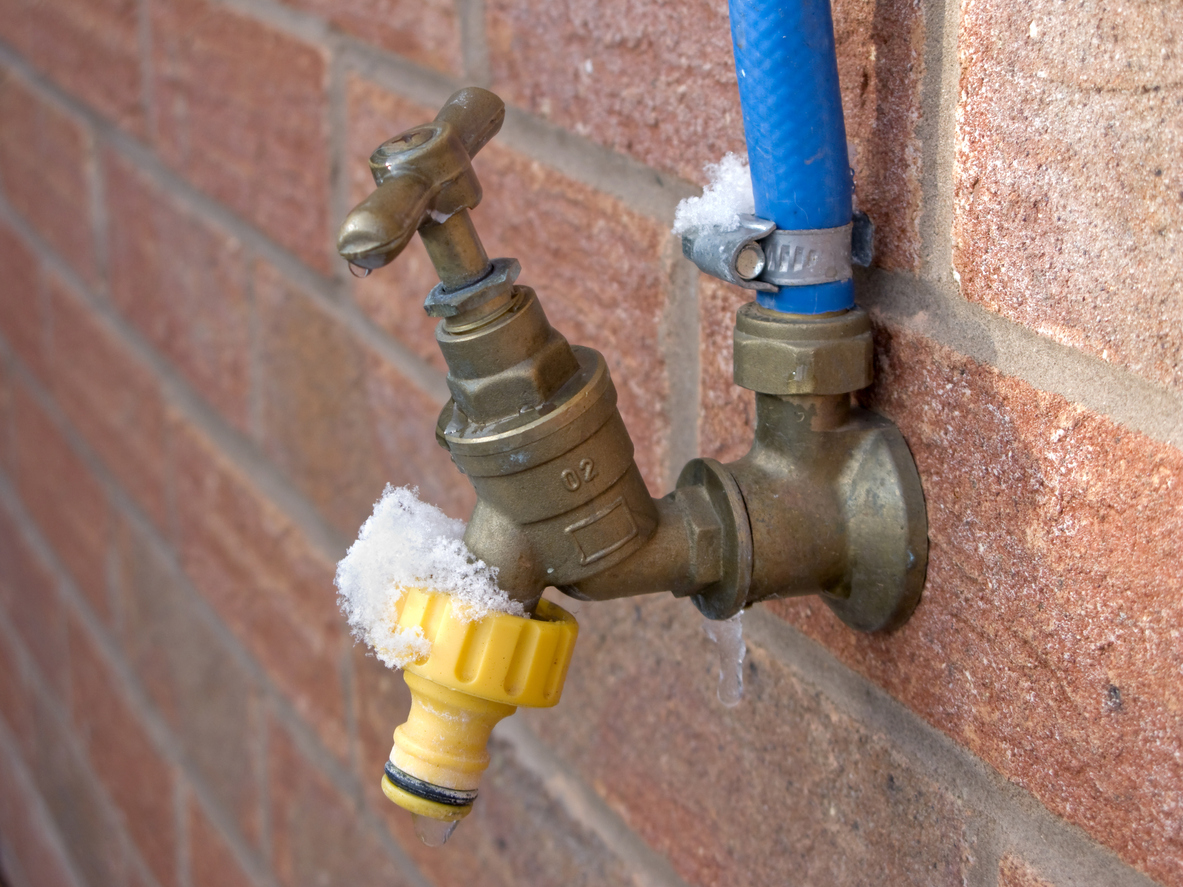
Many homeowners forget to shut off the water supply to an exterior faucet before freezing weather arrives, and the oversight often results in pipe breakage and costly water damage repairs. All of that grief can be avoided by switching out standard exterior faucets for frost-free faucets that have shut-off valves inside the house, where they’re less likely to freeze.
RELATED: The Best Outdoor Faucets for Watering and Backyard Maintenance
5. Prune Shrubs Near Your House
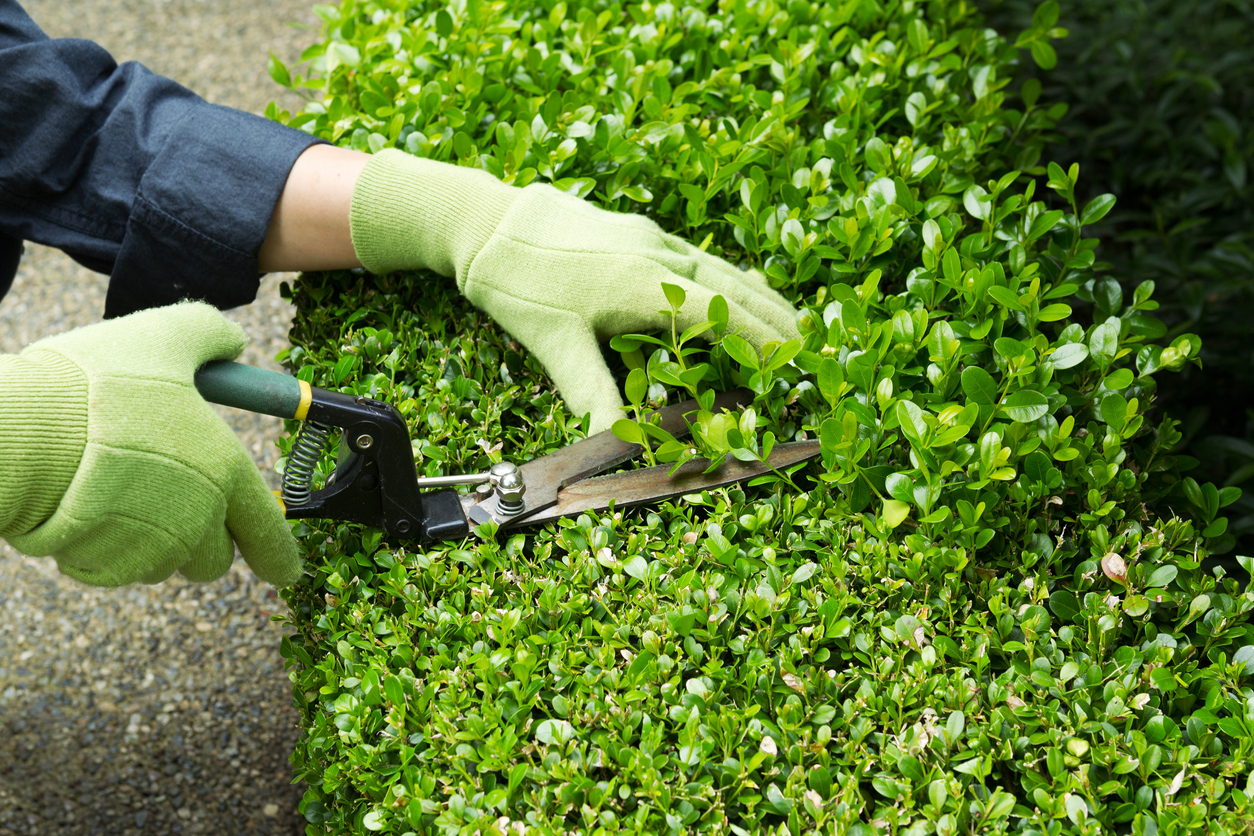
They might look pretty, but branches from shrubs and bushes planted close to your home can scrape and damage valuable siding when the wind blows. Even your prized rosebush can cause abrasion damage to some types of siding in windy conditions. Check bushes and shrubs frequently during their growing season, and prune shrubs that have any branches that come within a foot of your siding.
6. Treat Your Sewer Lines
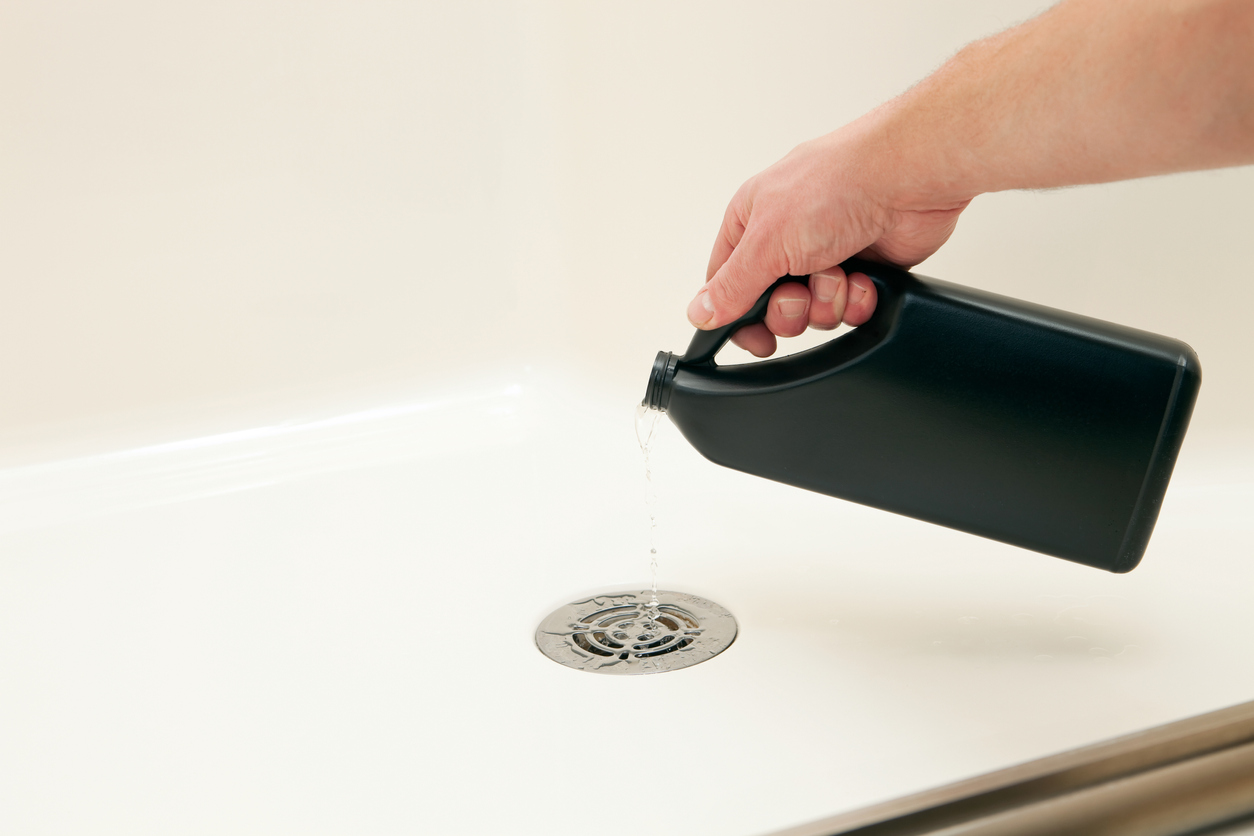
A clogged sewer is messy and smelly, and can result in pricey plumber’s fees to repair. Protect your sewer—and your wallet—by using a main line sewer cleaning product, like Green Gobbler Main Line Opener & Toilet Clog Remover, two or three times a year. The product works overnight to clear away any residue that’s beginning to settle in the lines, thereby protecting your home’s plumbing pipes from costly clogs.
RELATED: How Much Does Sewer Line Replacement Cost?
7. Switch to LED Light Bulbs
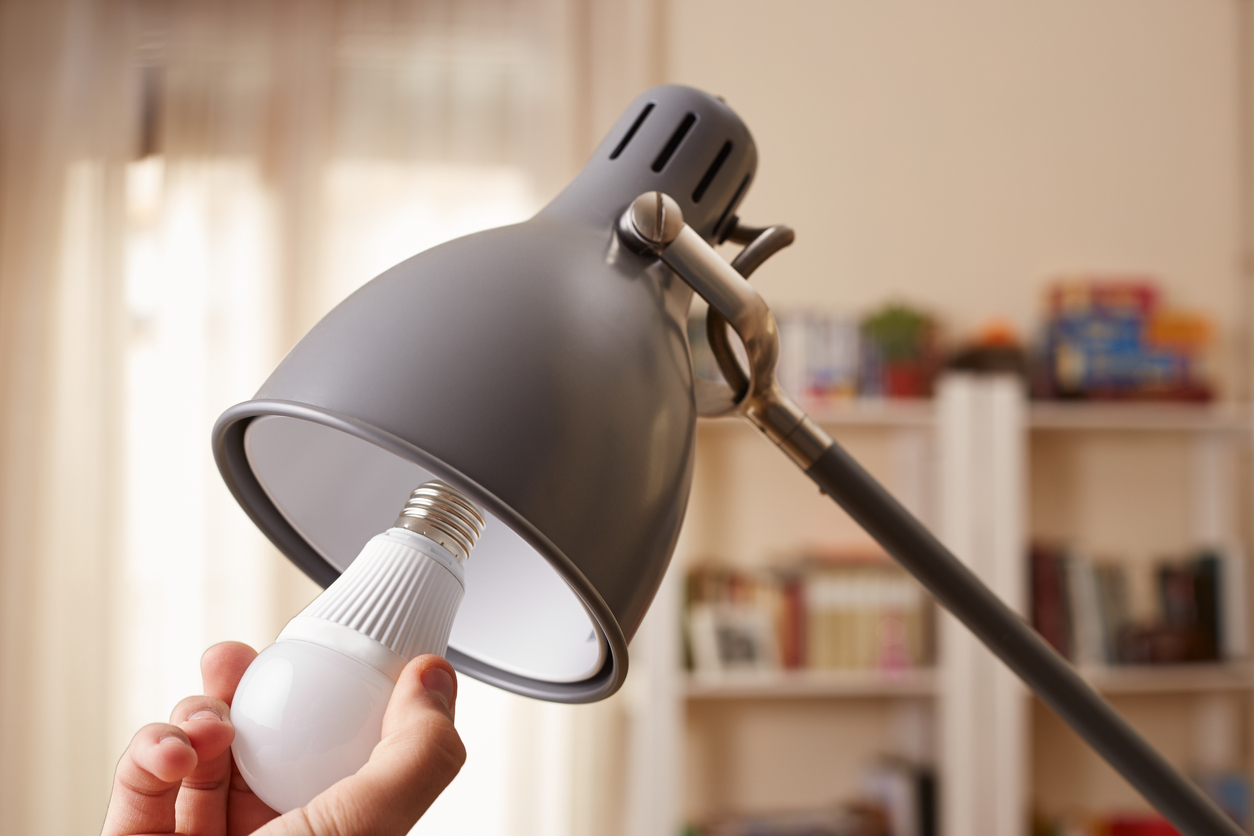
Light-emitting diode (LED) bulbs don’t just draw minimal energy, they also last much longer than incandescent bulbs. Recent improvements in the color of the light emitted by LEDs makes them suitable for every room in the house: Blue-tone LEDs are great in the home office, while warm-tone LEDs, which flatter skin tone, are a better choice for the light fixture over the bathroom vanity.
8. Replace Furnace Filters

After the furnace has been switched on for a month or two, filters can clog with dust, making your home heating system less effective and making the air you breathe less fresh than it should be. Clogged furnace filters reduce airflow to the furnace, forcing its motor to work harder. A good rule is to change furnace filters at the start of every new season to keep both indoor air quality—and your furnace—in top shape.
9. Seal Concrete Cracks
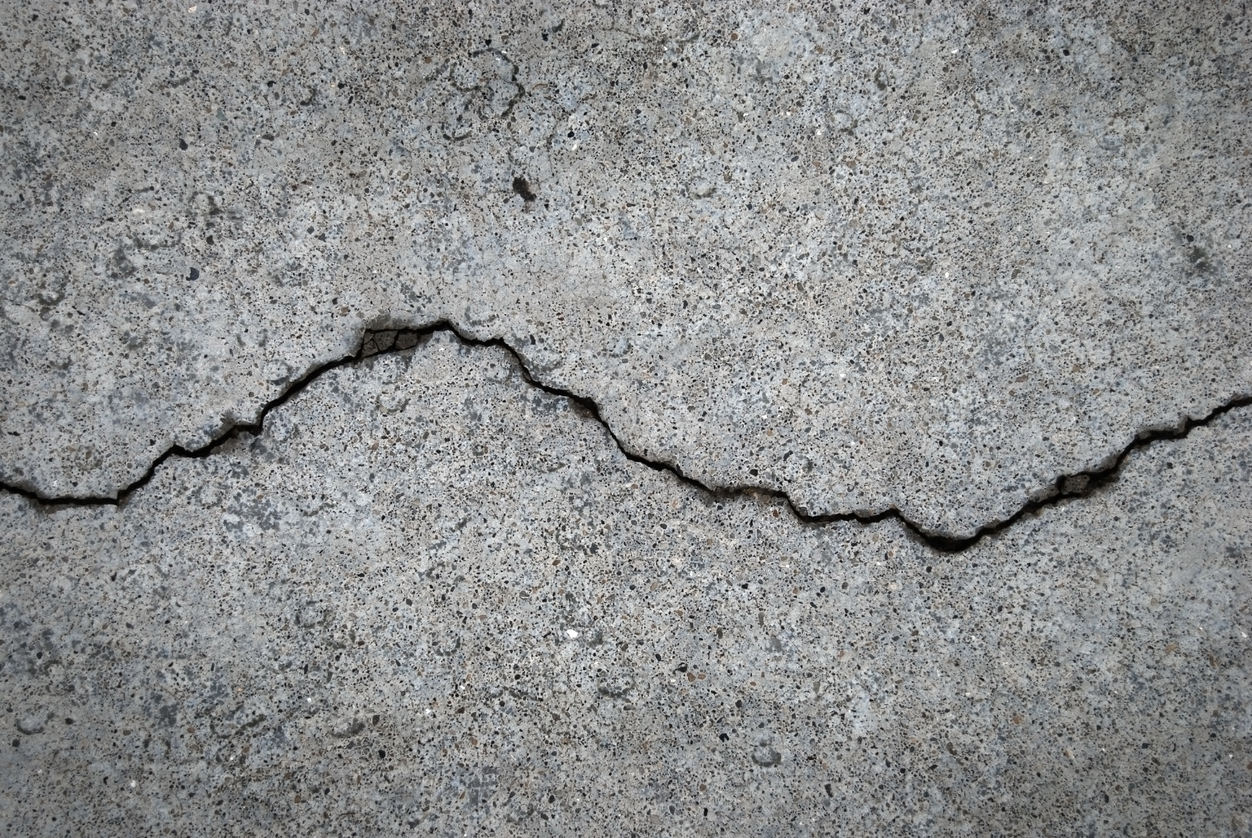
Not only are cracks in sidewalks and patios unsightly, they allow water to seep into the soil below the concrete. When the temperature drops, that trapped water can freeze and expand, pushing upward against the concrete and causing further damage. Protect concrete sidewalks by clearing debris from the cracks and then filling them with exterior concrete urethane caulk. Choose a gray-color sealant to closely match your existing concrete.
RELATED: How to Fix Cracks in Concrete Driveways, Patios, and Sidewalks
10. Install a Smart Thermostat
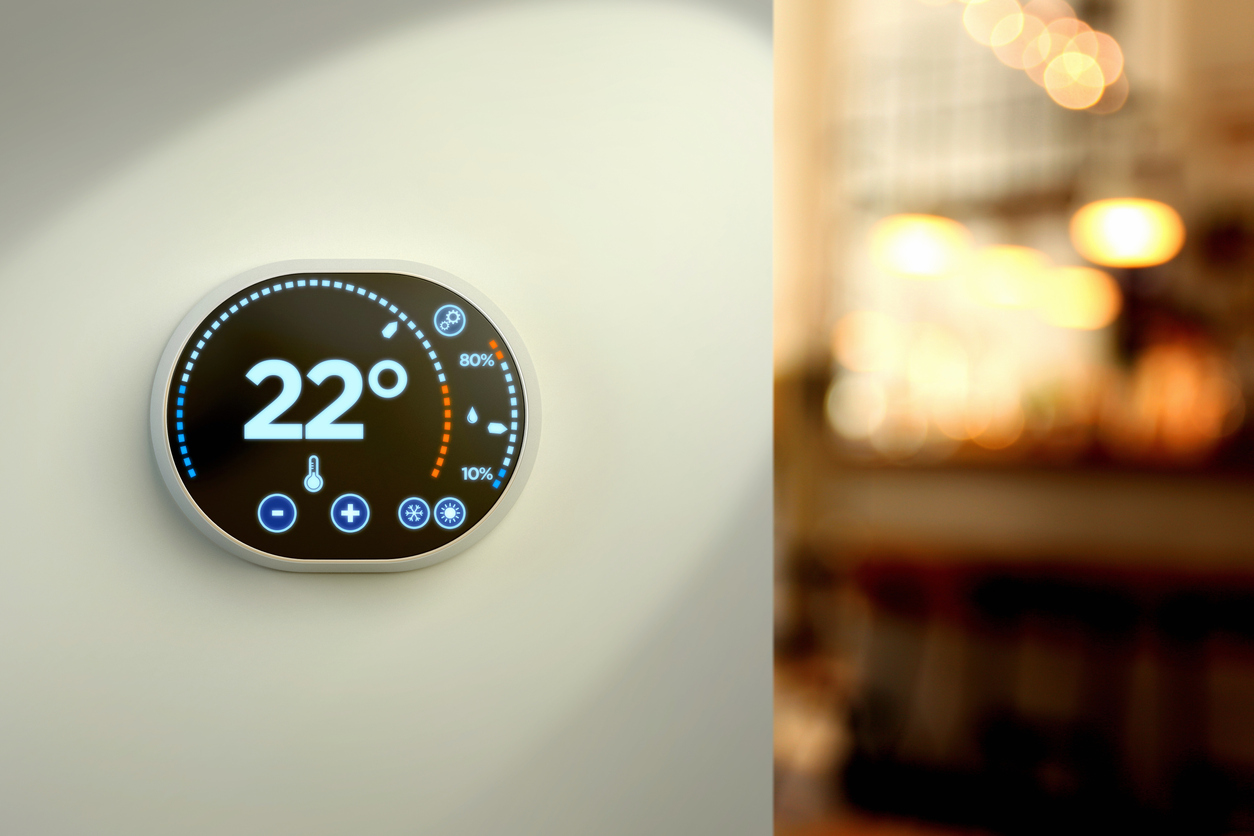
If you still have a manual thermostat, you’re wasting energy, and your home probably isn’t as comfortable as it could be. Smart thermostats use your home’s Wi-Fi to allow you to adjust the temperature from anywhere, using your smartphone. A smart thermostat can also “learn” your preferred temperature preferences for every day of the week and adjust your home temperature to suit. Quit wasting energy and get smart about your comfort!
11. Improve the Appearance of Your Entry
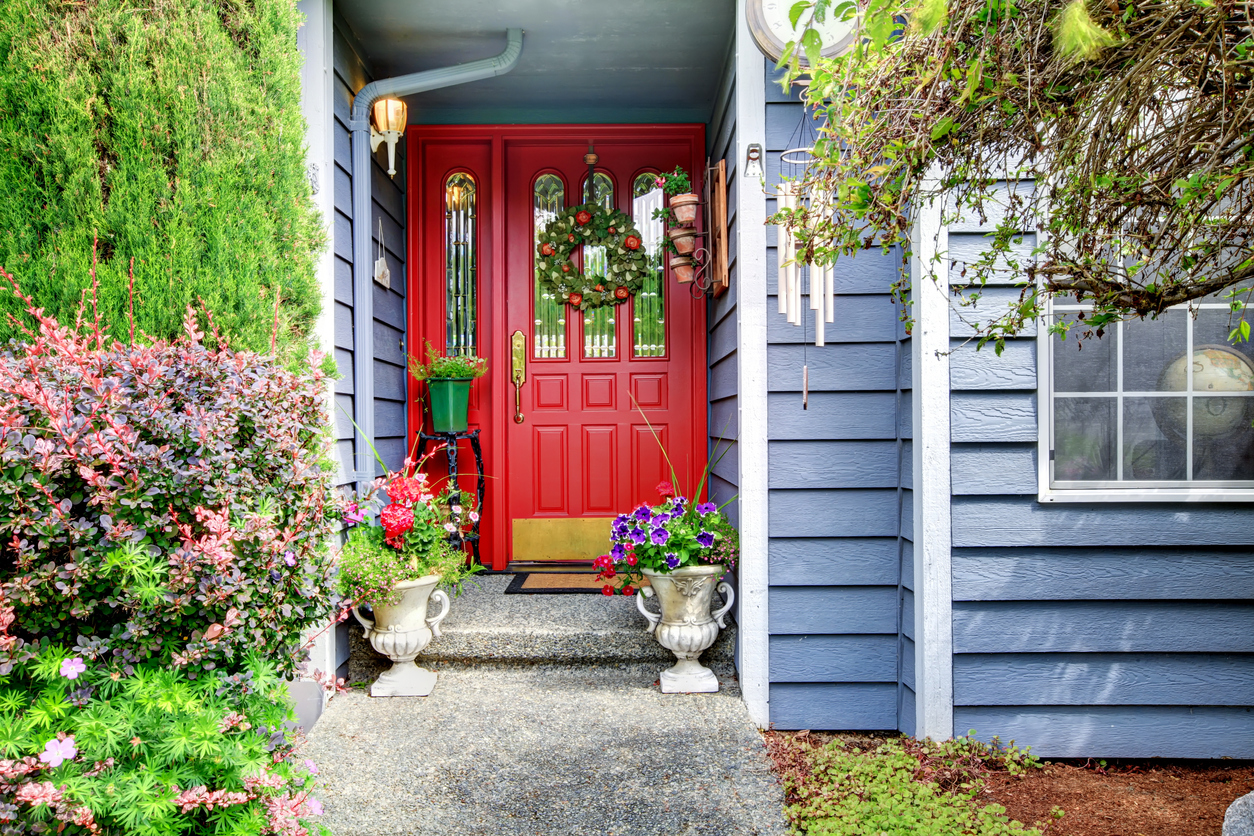
You don’t need to paint your whole house to give your home’s exterior a fresh look. Upgrade a dated front door knob by replacing it with a substantial lockset and handle. Add a fresh coat of high-quality exterior paint to a faded entry door, and position a couple of large flower pots on either side of the door for a brighter look. Replace a rusty mailbox or outdated porch lights with new models to increase your home’s “wow!” appeal. Your guests and neighbors will notice the difference.
RELATED: Leaving These 13 Things by the Front Door Could Keep You Safe
12. Install a Ceiling Fan
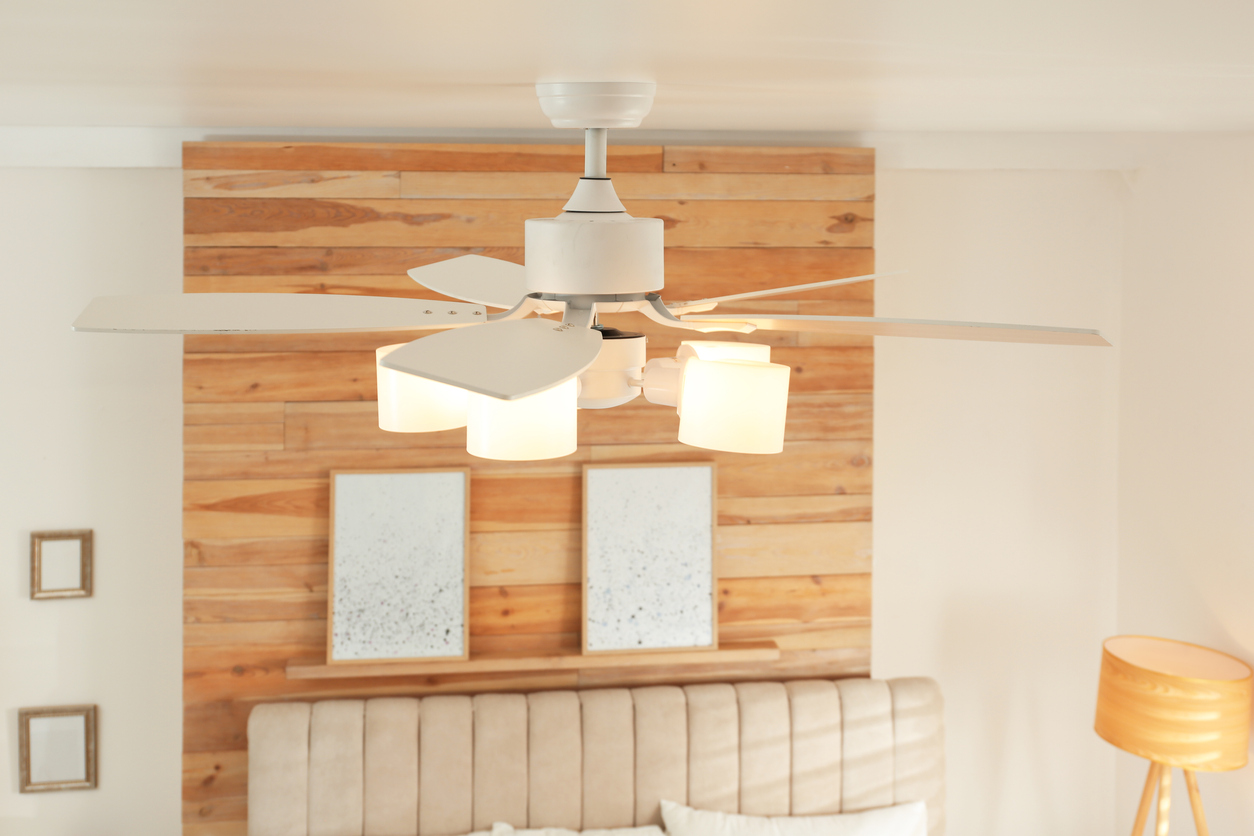
Enhance your room’s decor and increase your comfort by replacing a plain ceiling light fixture with a ceiling fan-and-light combo. A ceiling fan provides gentle, welcoming breezes on hot summer days and helps recirculate the heated air that settles near the ceiling during cold-weather months. Winter or summer, you’ll be more comfortable, and you’ll save on cooling and heating costs.
13. Dim Your Lights
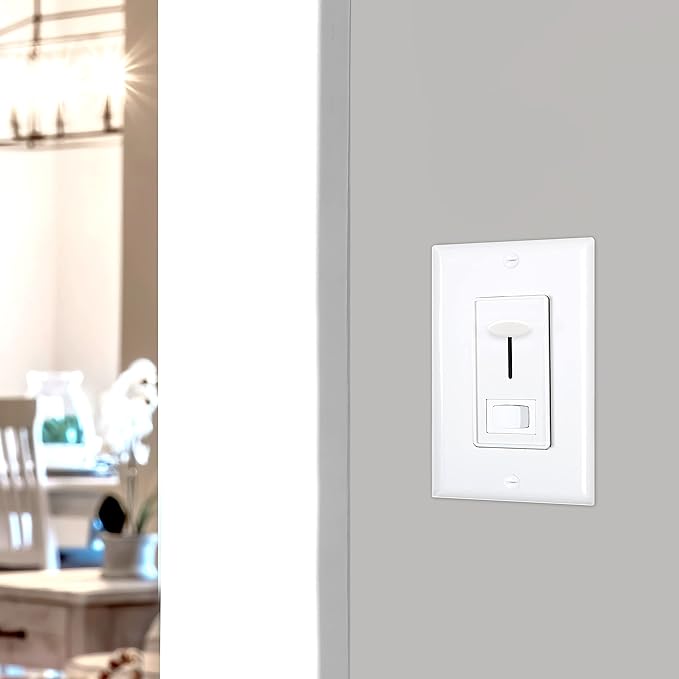
Bright lighting is nice when you’re preparing food, but is overkill when you’re trying to relax and unwind after a long day at work. The solution? Install dimmer switches in place of your regular on-off light switches (Lutron’s DIVA LED+ Dimmer, a top performer in our researched guide to the best dimmer switches, is an editor favorite). Dimmers will allow you to lower the lights, say, during movie night—and brighten them back up when there’s housework to be done. Be sure to pair your new light switches with dimmable light bulbs, too.
RELATED: 8 Bright Ideas to Boost Natural Light
14. Open and Close Water Valves

This quick task takes very little time—and it’s free—but it can prevent costly valve replacement down the road. Over time, water valves, those little on-off regulators found under your sinks and behind the commode, can seize up due to scale buildup. Twice a year, twist the valves closed and back open. That’s all it takes for your valves to remain operable and functional.
15. Clean Faucet Aerators
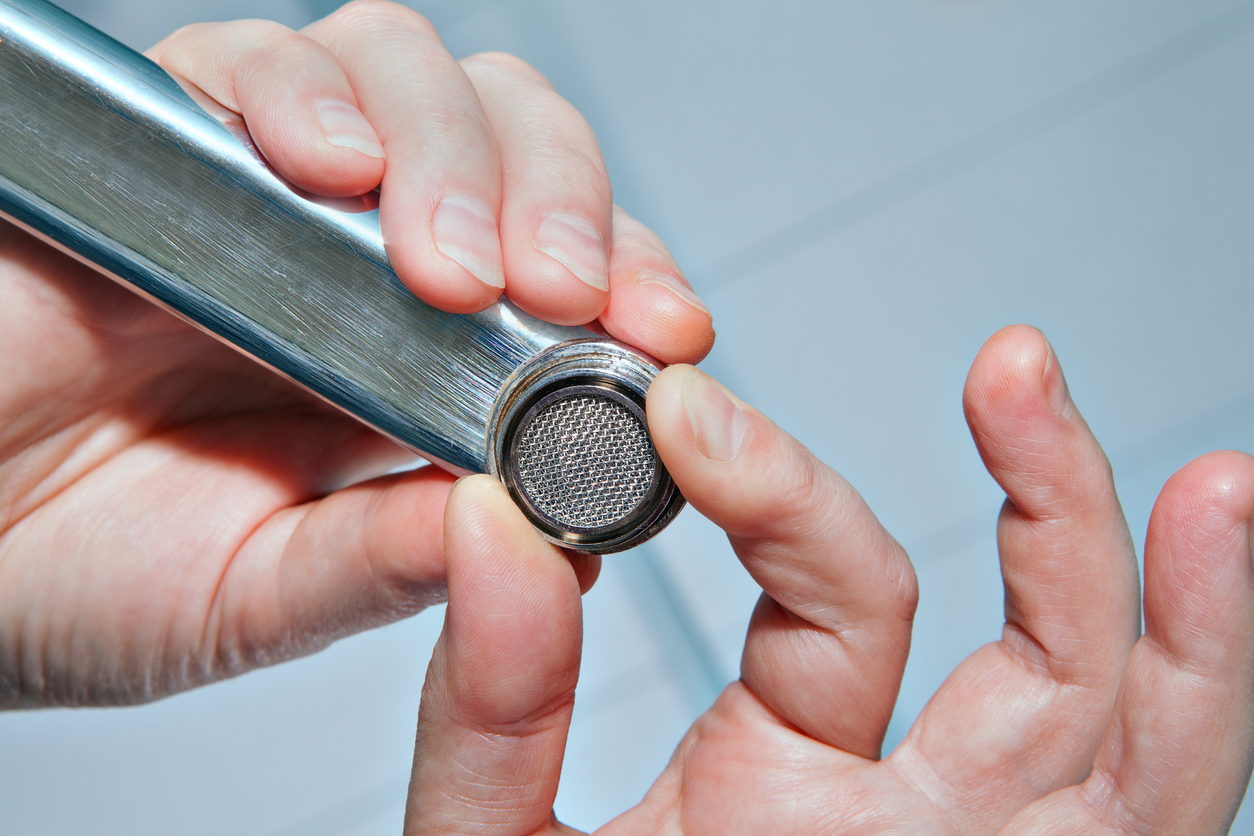
Tiny pebbles, debris, and hard water deposits can clog faucet aerators, leaving you with slow-running water. Twice a year, or more frequently if the water is running slowly, twist off the aerators (located on the ends of the spigots, sometimes tucked just inside the opening) and drop them into a cup filled with vinegar. Let them soak overnight to dissolve scale, then replace them to keep your water running effectively.
RELATED: How to Clean a Faucet Aerator
16. Clean the Dishwasher Filter
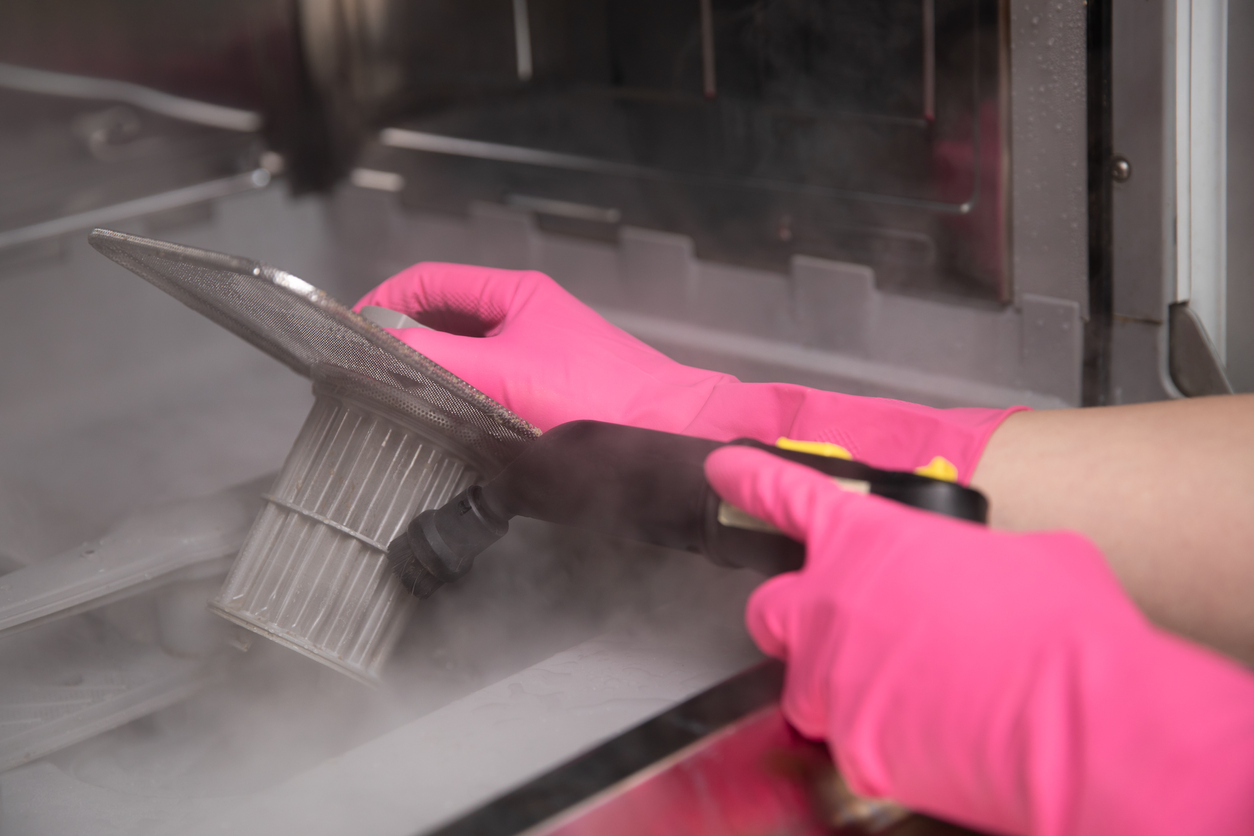
Have you noticed that your dishes aren’t getting as clean as they once did? Most dishwashers these days have a filter that should be removed and cleaned a couple of times a year. When the dishwasher filter becomes clogged, it prevents water from reaching the spray arms, which are responsible for cleaning the upper rack. Remove the lower rack, then pull out the filter, clean it in the sink, and return it to its position.
17. Tighten Interior Door Knobs
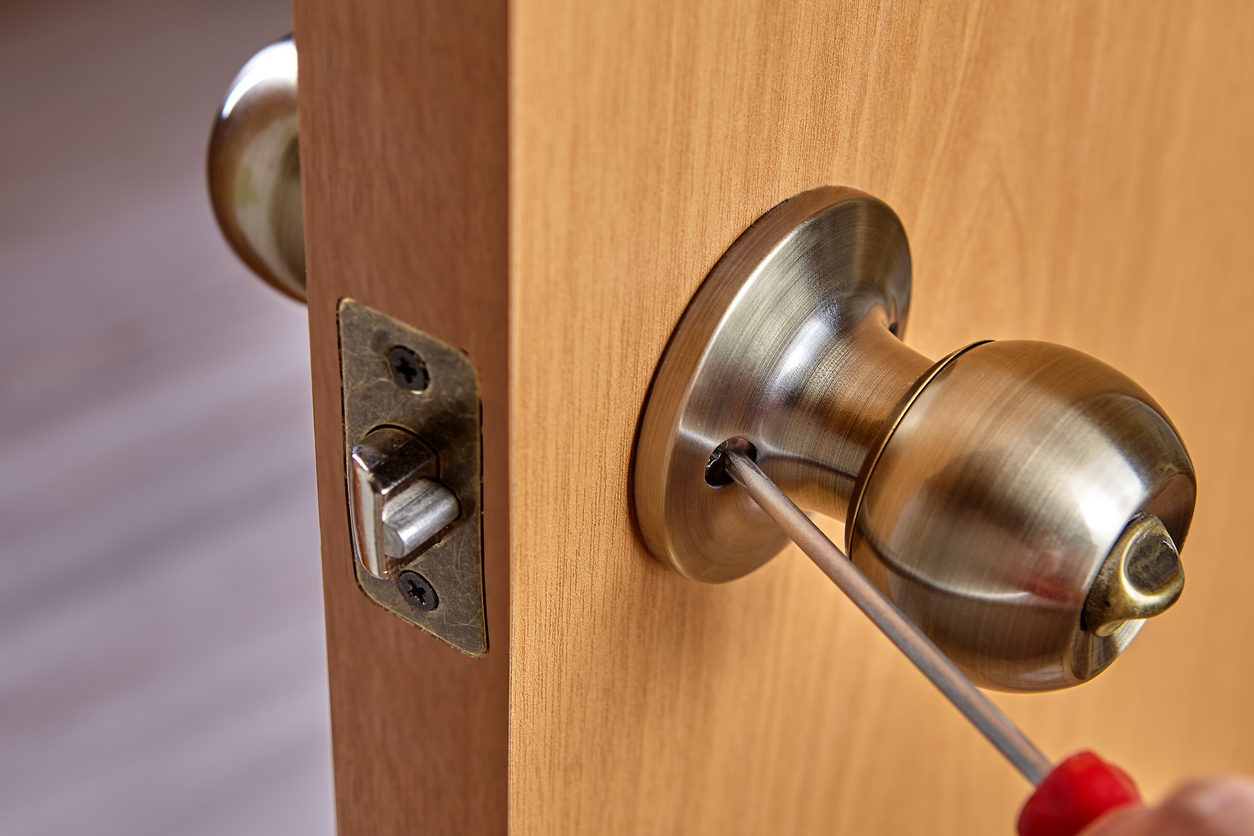
Constantly opening and closing interior doors can eventually cause the door knobs to become loose and jiggly. The more they loosen, the harder it is to get them to close and latch properly. For newer homes the fix is easy: Simply tighten the exposed screws on the room side of the door. If you have an older home, however, the knobs may have hidden screws. Just press a small screwdriver or awl into the hole on the neck of the knob to release it, then remove the escutcheon plate to access the screws.
RELATED: The Best Door Knobs
18. Adjust the Entry Door Threshold
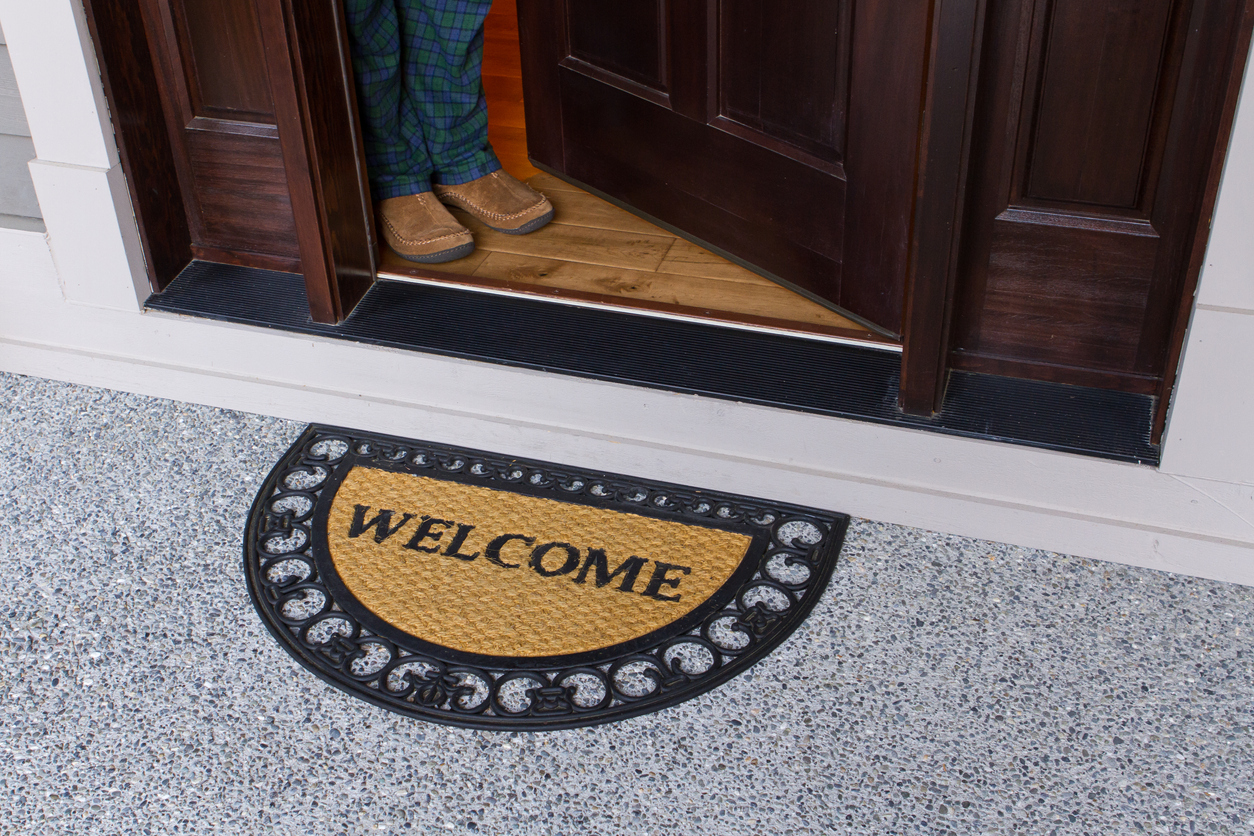
Notice a draft coming in below the front door? The fix is much easier than you might think. The solution lies in the large screwheads on the door threshold which, you may be surprised to learn, aren’t there to secure the threshold to the floor. Turning them adjusts the height of the threshold, allowing you to close any gaps that may be allowing Old Man Winter to creep in under the door. It’s an easy fix that can save you money on your utility bill.
19. Touch Up Wall Paint
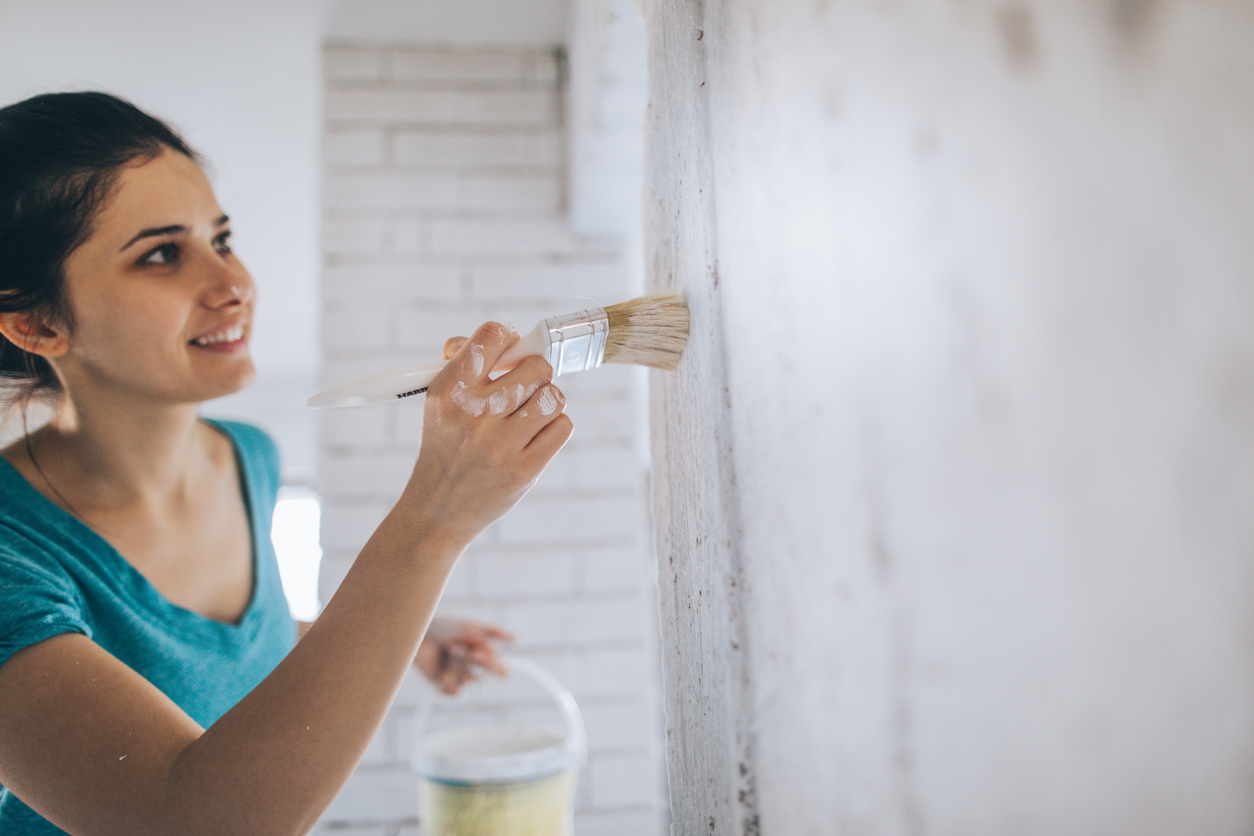
The walls in the high-traffic areas of your home endure all manner of bumps and scrapes throughout the year, making these parts of your house look tired and dingy. Unless the paint is very old, there’s no need to embark on a full repainting effort. Simply take out a small container of matching paint and spend 30 minutes touching up all those imperfections. The time commitment and effort are minimal, but the impact is significant. To make periodic touch-ups more convenient, leave a small bottle of touch-up paint and a paint brush handy in the back of a nearby closet.
RELATED: 17 Easy Fixes for a Botched Paint Job
20. Upgrade a Light Fixture
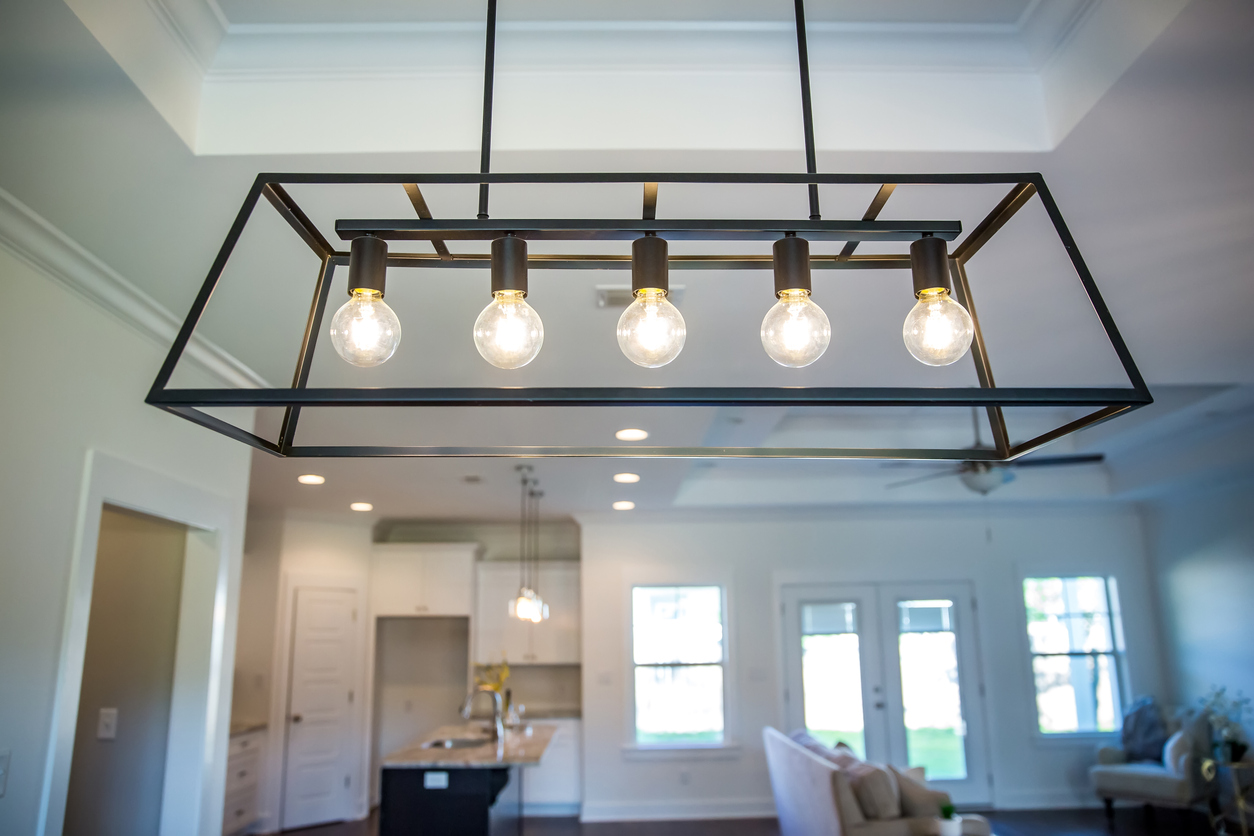
Say goodbye to the familiar flush-mount lights that, for some reason or other, have long been the standard for overhead lighting in entryways and hallways. You can easily replace a light fixture with a more trendy and stylish design. While some tasks involving your home’s electrical should be left to an electrician, changing out a light fixture isn’t one of them. The job is not complicated, requiring just three wire connections, and it can usually be completed with nothing more than a Phillips screwdriver.
21. Change Your Cabinet Hardware

Jazz up your kitchen by trading out boring cabinet hardware for fresh knobs and pulls. This strategy works especially well on white cabinets, which offer the best canvas for new pulls and knobs that add a noticeable pop of color. Golden finishes can add a luxurious touch, while matte black creates a classy appearance. Make sure to measure the width of your pulls and choose replacements that match the size.
RELATED: The Best Renter-Friendly Decor Ideas to Elevate Your Space on a Budget
22. Upgrade Your Shower Head
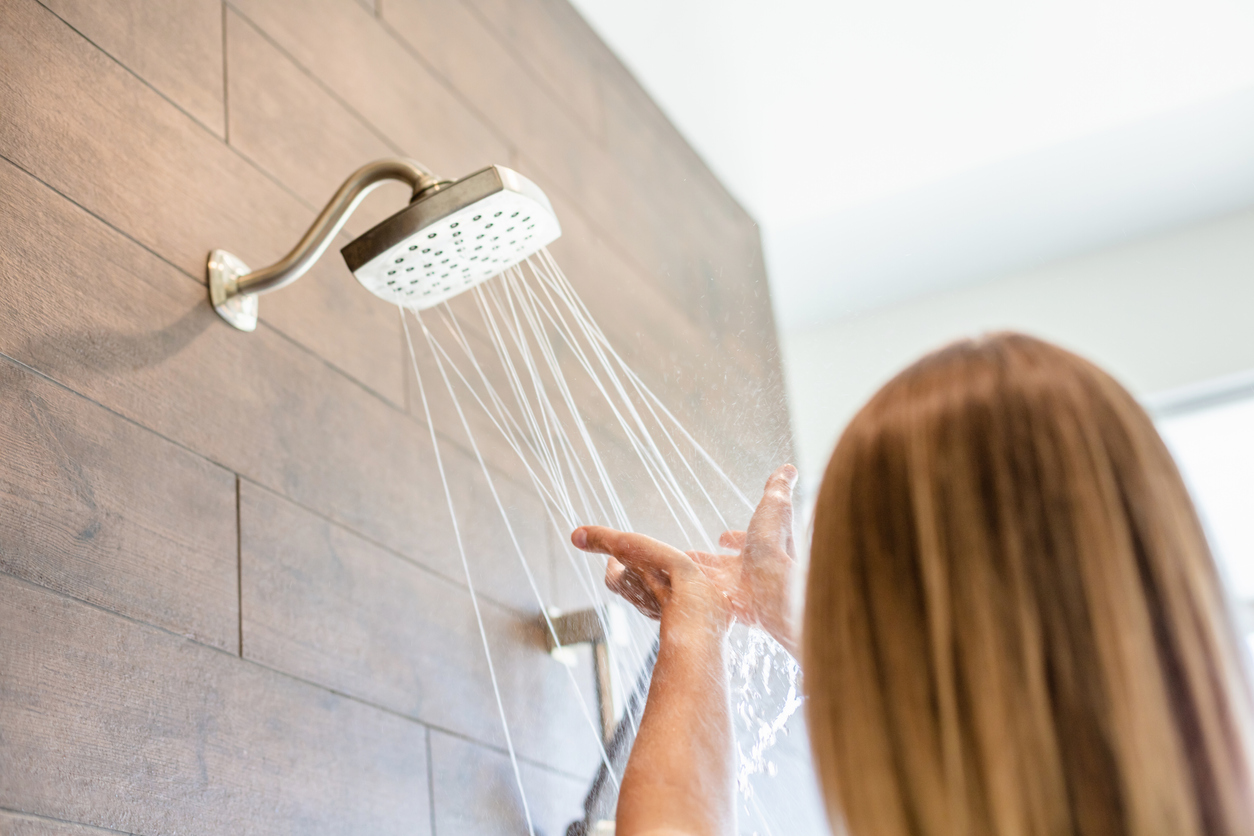
Replacing the shower head can convert a blah bath into a spa-like retreat. This easy upgrade takes fewer than 5 minutes and requires only a simple crescent wrench and some plumber’s tape. Just unscrew the old shower head, apply the tape to the threads of the new one, and screw it in place. To truly pamper yourself, opt for a rain shower head with an extension arm.
23. Recaulk and Regrout
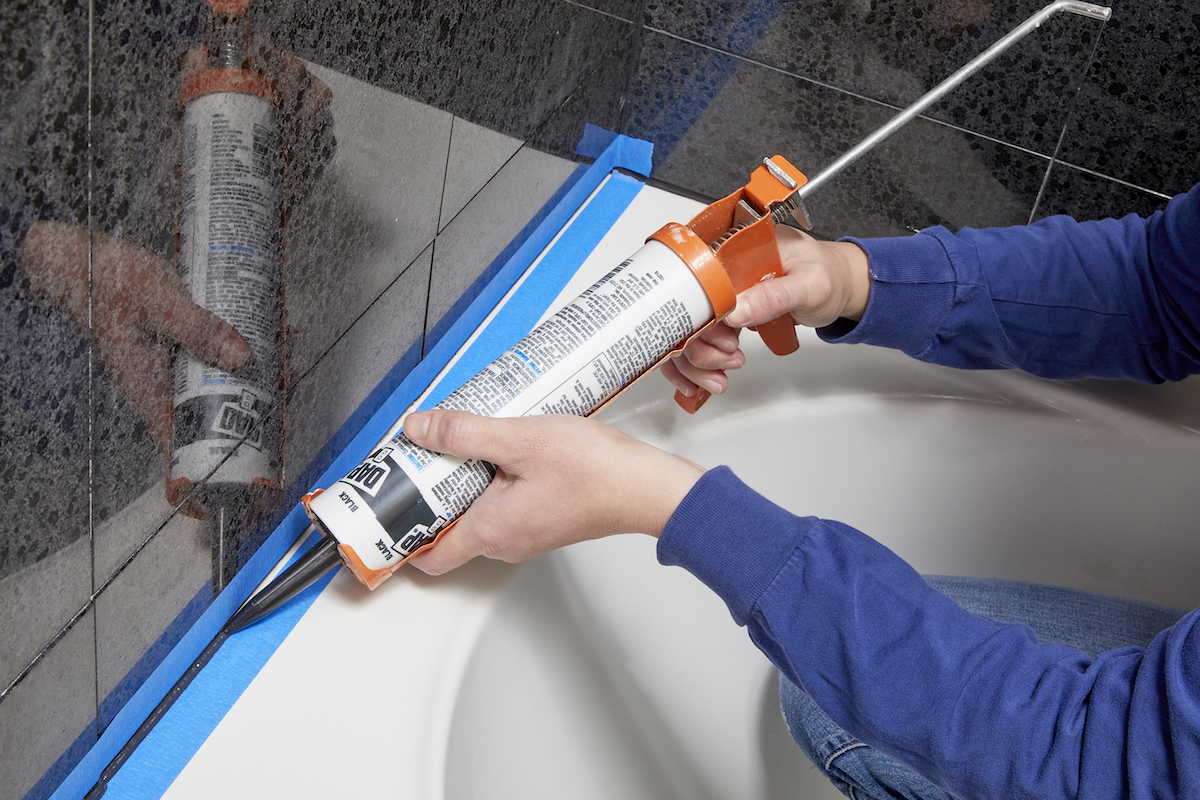
Over time, the caulk that creates a waterproof barrier in the seams between your tub or sink and the surrounding wall will stretch, crack, and ultimately pull apart. If you notice caulk peeling away or a buildup of mildew, it’s time to recaulk. While you’re at it, check the tile on the floor and in the bath. If there are places where the grout has fallen away, creating a gap, mix a small amount of grout and fill the spaces. Not only does caulking and regrouting protect the bathroom walls from rot, it also freshens up the space, making it look cleaner and newer.
RELATED: How to Caulk a Shower or Tub
24. Install Under-Cabinet Lighting
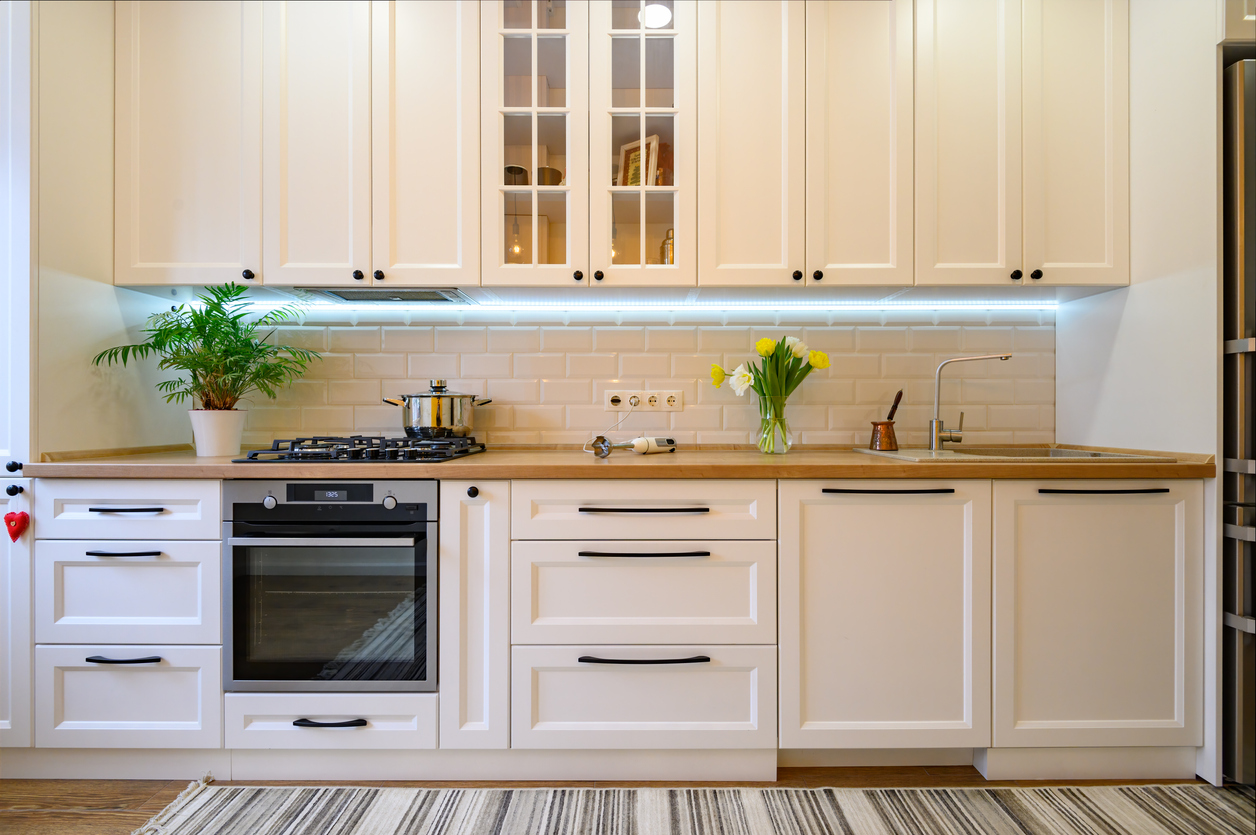
Brighten up your counter space with affordable under-cabinet lighting. LED puck lighting is cheap, installs easily, and produces a lot of light, illuminating food prep space while adding a warm glow to the kitchen counters. Most under-cabinet lighting sets plug into a standard outlet, eliminating the need for special wiring—or an electrician visit.
25. Clean Your Dryer Vent
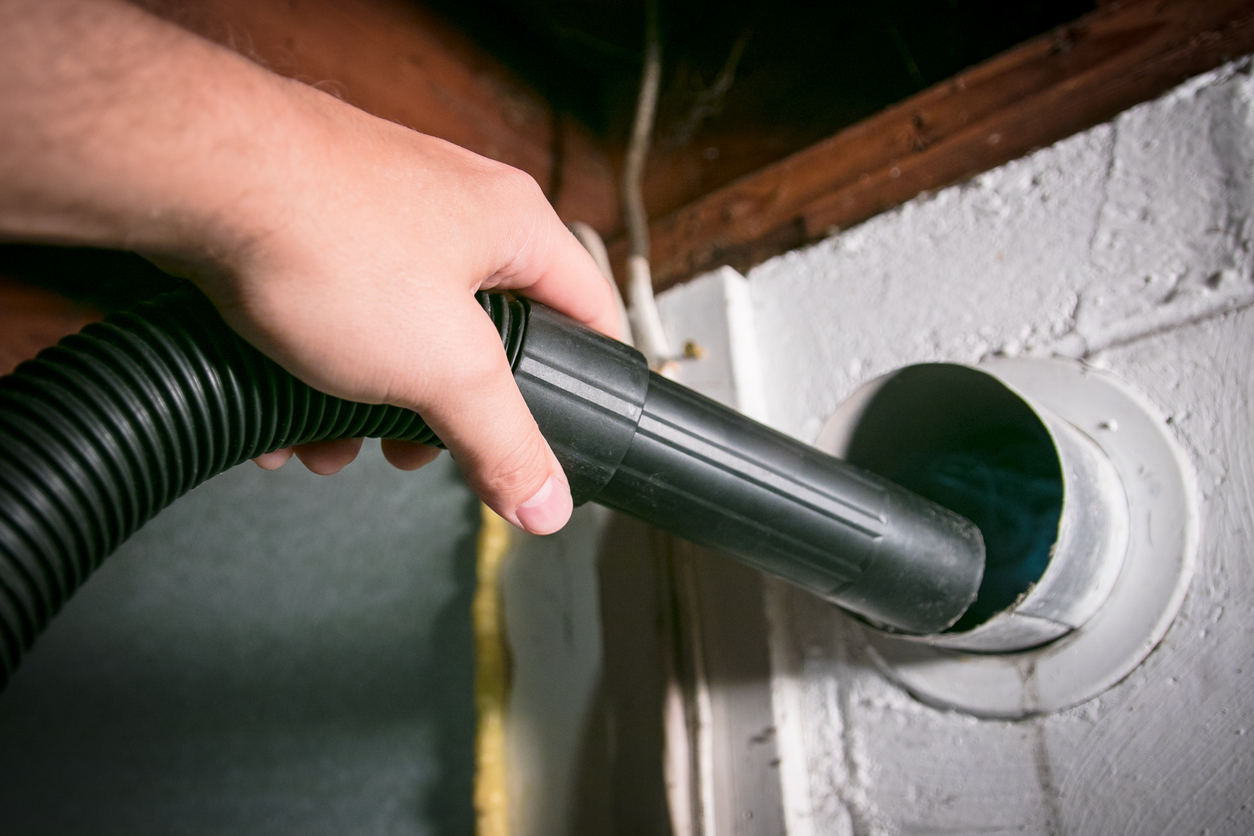
Periodically cleaning out the dryer vent is something everyone should do regularly, but most people put it off. Given that 3,000 dryer fires occur in the United States each year as a result of built-up lint in the dryer vent system, this is a job that should be higher on the house maintenance priority list. If you notice that your clothes aren’t drying properly or find that there’s no exhaust air coming out of the outside vent, you probably have a dangerous clog. To clean the dryer vent, simply disconnect the duct from the dryer and vacuum both out.


